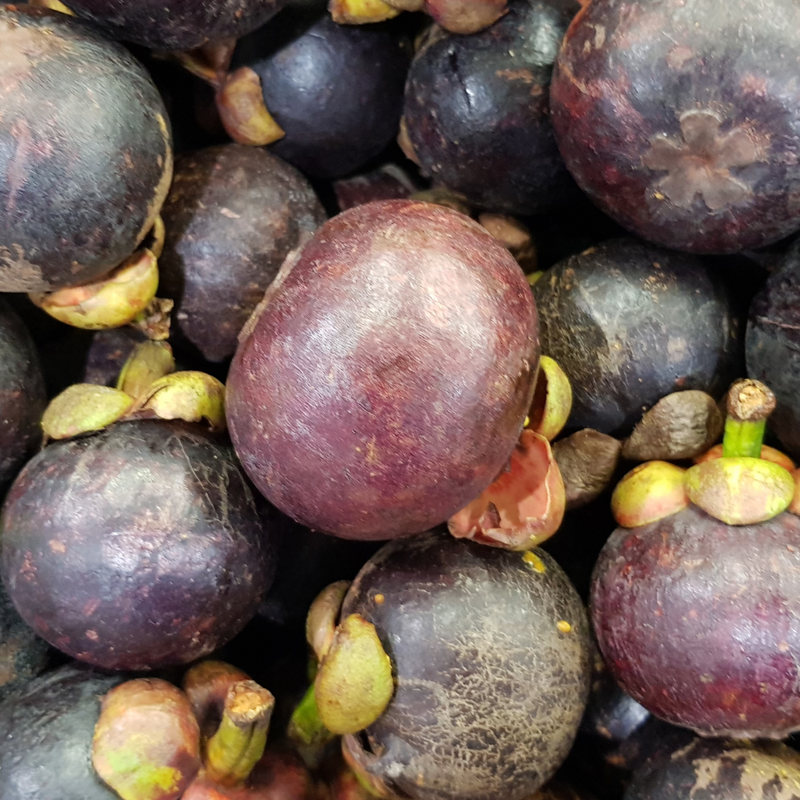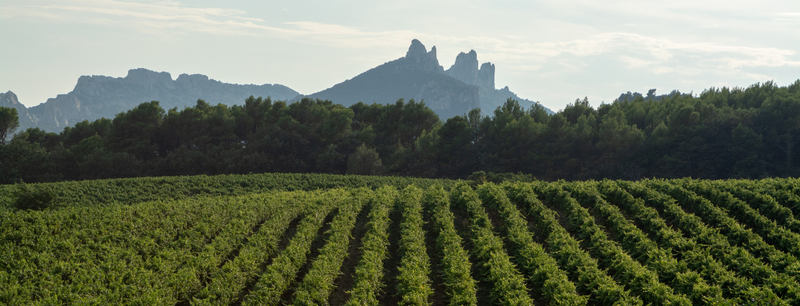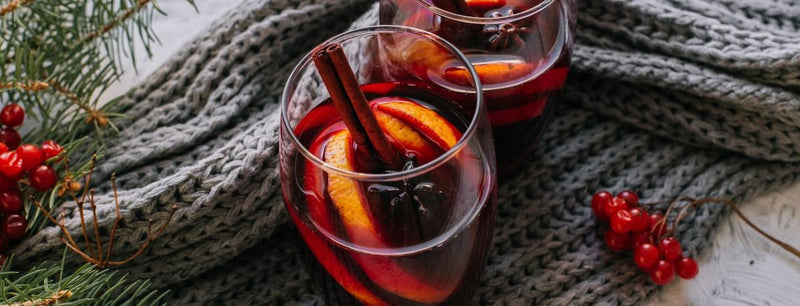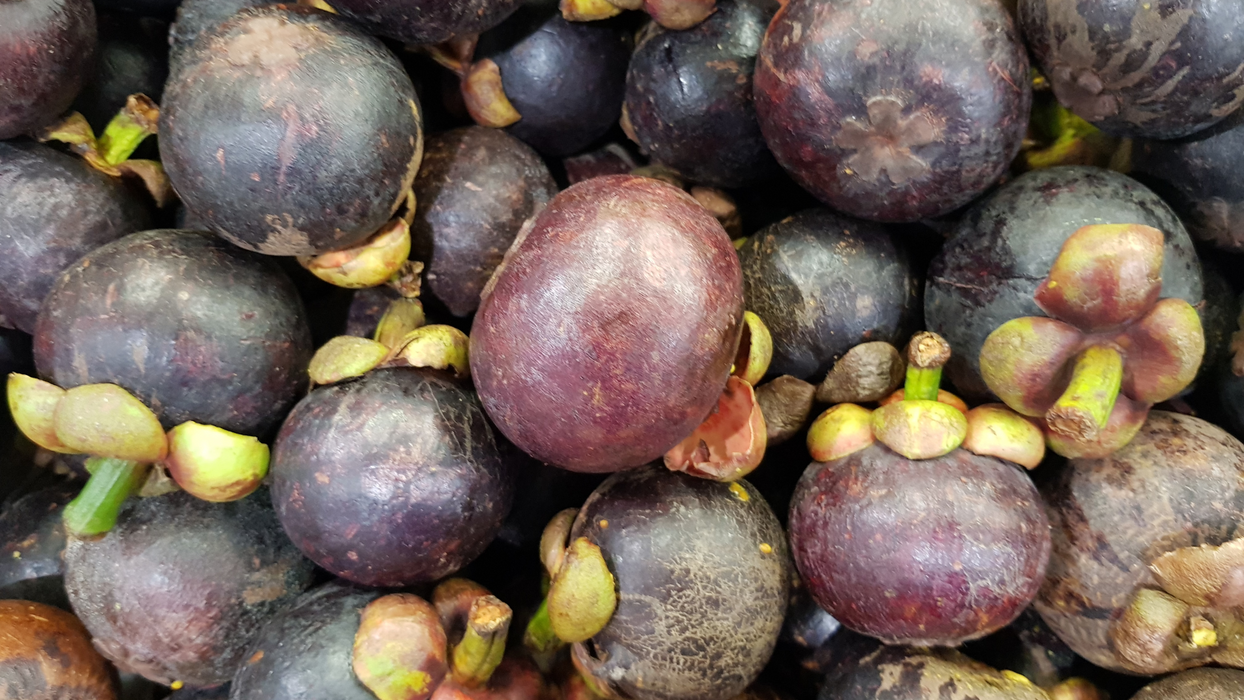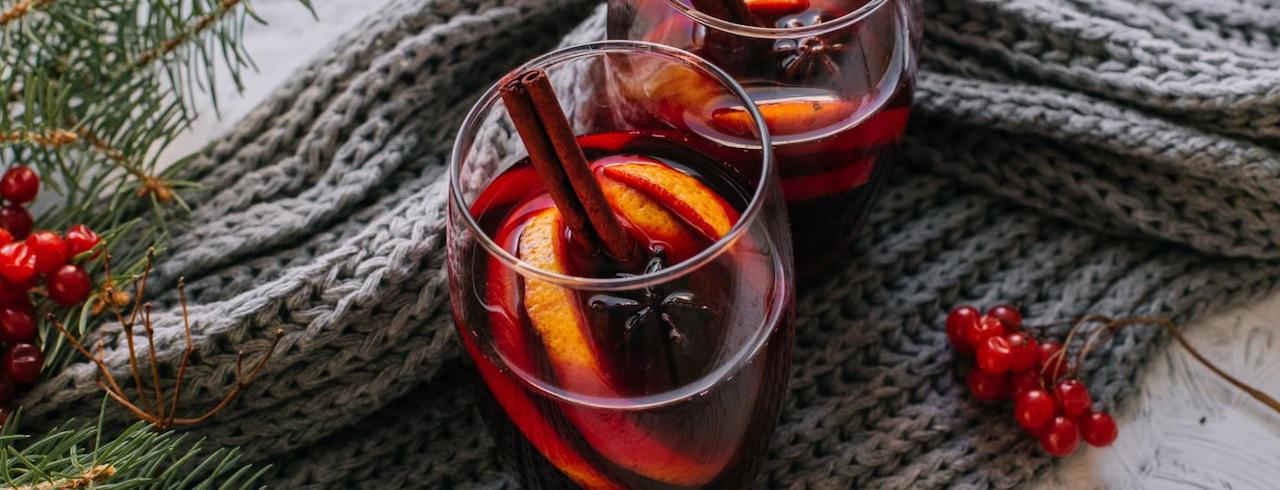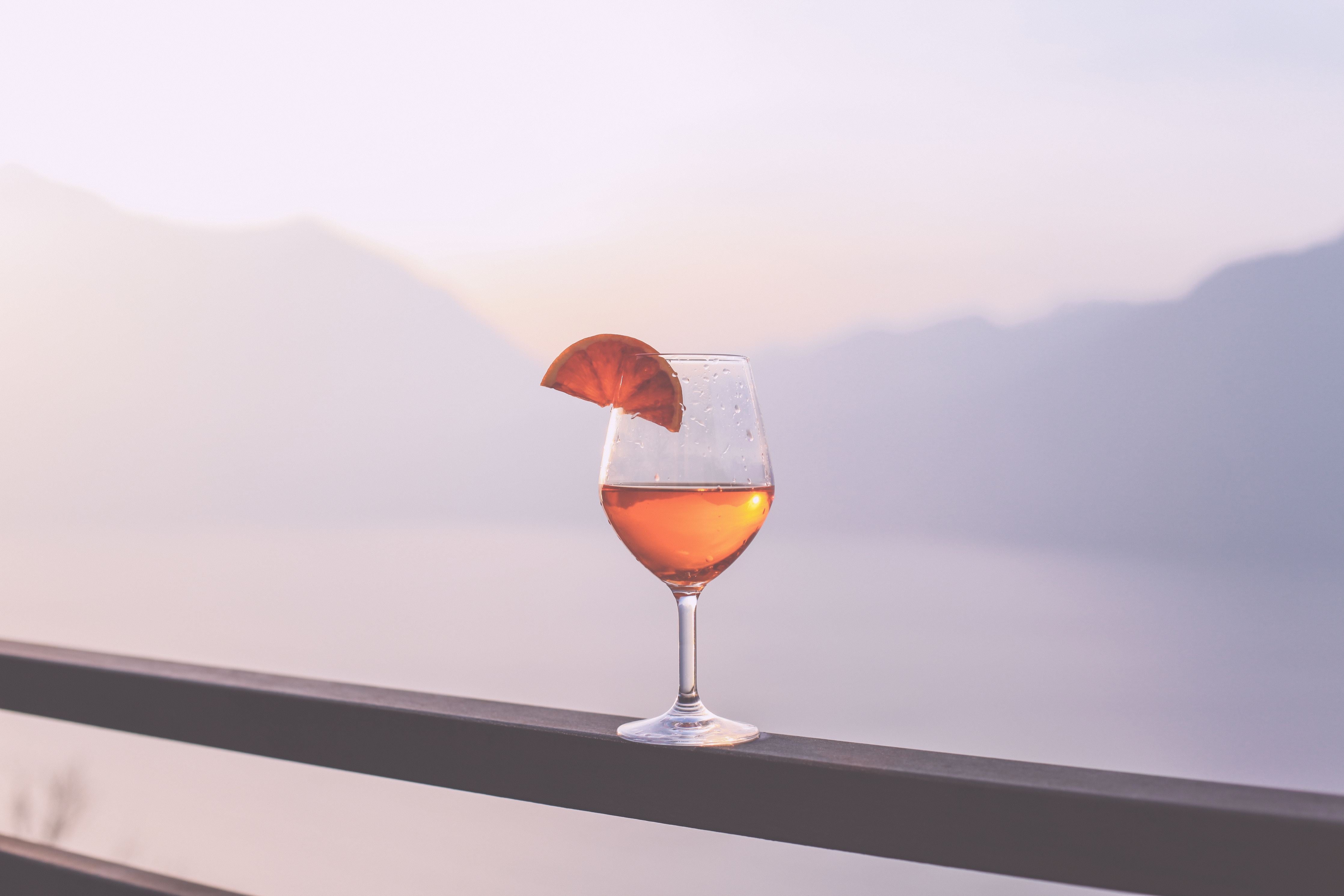
What Is Orange Wine? Learn All About This Natural Vino
Everybody knows wine comes in three primary colors — deep red, crisp white, and a light pinkish hue.
So what’s the deal with orange (amber) wine?
What causes that unnatural complexion? Is it artificially colored? It is even made from grapes?
It’s made from grapes, all right. And amber wine isn’t just a recent trend. It might just be the oldest form of wine we have.
Read on to learn all about this trendy yet somehow ancient type of wine and how you can incorporate amber wine into your next dinner of spicy international cuisine.
How Is Orange Wine Made?
In many ways, orange (or amber) wine is made exactly the same way as red, white, and sparkling wine. Winemakers press and ferment grapes with yeast to transform natural grape sugars into alcohol.
To craft a white wine, winemakers remove the skins and pips from a white wine grape before pressing it into a juice.
This refining process takes out much of the texture and tannins that enthusiasts love in a complex red wine. It also ensures that the wine will come out more translucent, creating a “white wine” as we know it.
This process also dictates how rosé wines are created. Grape skins are left on for a short duration during the fermentation process, infusing that signature pinkish hue.
This is where orange wine differs.
To craft an orange wine, winemakers use exactly the same process as making a white, except they don’t remove the skins from the grapes. This infuses the wine mixture with tannins and texture during the fermentation process, imbuing the liquid with a golden, amber-like hue.
This hands-off method is often joined by a natural or biodynamic approach to winemaking. If you’re seeking a more distinct connection to the land in your vino, then seek out a bottle of orange or organic wine.
The Ancient History of Orange Wine
Orange wine might seem like a new fad, but it’s actually one of the oldest types of wine out there. Wine experts believe orange wine was first created in the birthplace of wine, Georgia (the European nation, not the Southern state), over 8 thousand years ago!
Back in those ancient times, Georgians fermented wine in massive underground vessels called Qvevri (Kev-ree). They closed the casks with stones and sealed them with beeswax. Talk about natural!
Today, some of the best orange wines still originate from Georgia as well as surrounding areas like Slovenia and Italy. Although, this type of skin-contact wine production is quickly spreading to the New World as well, with Australia, South Africa, and Oregon also producing their own award-winning bottles of orange vino.

What Does Orange Wine Taste Like?
Just like white wine, no two orange wines taste alike. That said, there are some key taste differences you’ll find in your average glass of white compared to an average orange wine.
Because of its increased skin contact, orange wines typically have much higher tannin levels than comparable white wines. The more tannins, the richer the body and more complex the sipping experience.
You might find that orange wine tastes more robust on the palate while the texture is more comparable to a lighter red wine like Pinot Noir than a full-bodied white like oaked Chardonnay.
For your next sip of orange wine, look out for these autumnal tasting notes:
- Hazelnut and Brazil nut
- Apricot and peach
- Jackfruit
- Green apple
Because orange wine is typically infused with very few additives, it might have a more sour, even gamey taste than you’re used to. Don’t let this turn you off enjoying a top-notch orange wine.
Prepare your mind for a new experience. Try and erase from your mind exactly what a wine “should” taste like. Just because orange wine tastes a bit different does not mean it’s not a type of vino worth exploring.
The Proper Serving Temperature For Orange Wine
Finding the right chill for your orange wine can present a bit of a problem.
After all, it’s made from white wine grapes and white wine likes to be quite frigid when sipped. But orange wine also has more robust tannins similar to red wine, which usually should be served just below room temperature.
So what’s the right move?
In serving, we recommend that you treat your orange wine like a full-bodied white. That means chilling it to around 55-60°F or popping it in the refrigerator about 20-30 minutes before serving.
This will mute some of the gamey, bitter qualities of the wine while coaxing out the subtle sweetness of the white wine grapes. It also means you should seek out smaller, narrow orange wine glasses to waft those ethanol vapors past your nose while sniffing.
Pairing Food With Orange Wine
The complexity and nuttiness of orange wine can make it difficult to find its proper culinary pair. Fortunately, many of the same pairing principles that guide us in matching our reds and whites still apply.
Match bold wines with bold food.
Considering orange wine is typically more bitter than your average white, you should seek out spicy, tart dishes to accentuate its bitter qualities.
Think of natto (fermented soybeans) and wasabi in traditional Japanese cuisine or the spicy curries and sauces you’ll find in Indian and Moroccan cuisine. Orange wine can elevate your favorite tangy dishes and uncover new layers you’d never tasted before.
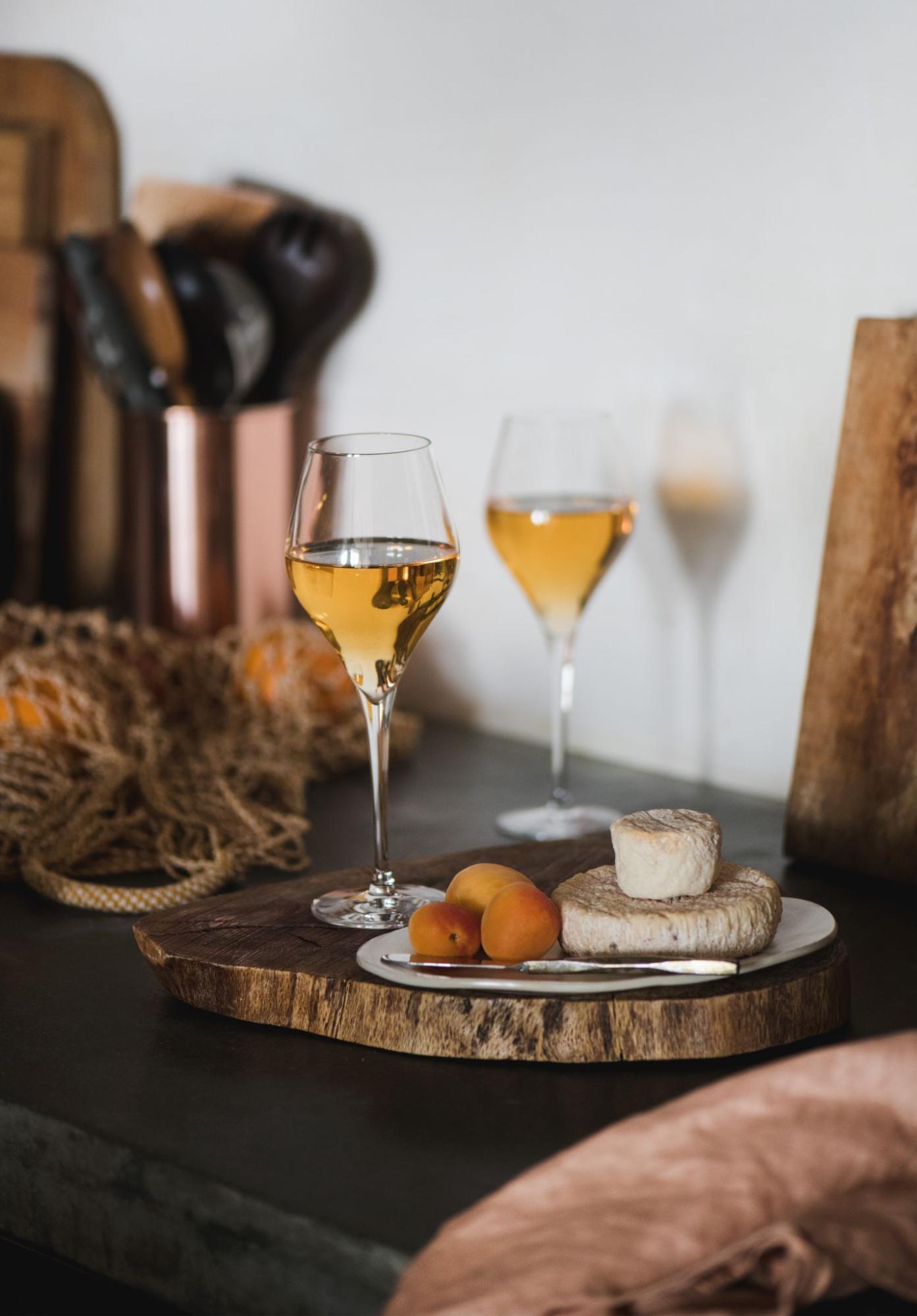
Enjoy Organic Wine With Wine Insiders
Orange wine is so much more than just a new trend. It’s one of the oldest types of wine in human history.
Each sip of amber wine is infused with thousands of years of winemaking technique. The unique combination of robust tannins and crisp white wine grapes makes for an unforgettable, inimitable duo, and represents the very best of natural wine.
Pair a glass of orange wine with classic tart, tangy dishes and see how it compares to other all-natural wines like our Calvari Organic White Blend and bold 2020 Toro Loco Superior Organico.
Browse our expansive catalog of eco-friendly, organic wines from robust reds to crisp whites to every shade in between.
While you’re waiting for your order to arrive, read through our blog to learn more about what to look for when shopping for organic wine and how climate impacts every sip of mouthwatering vino.
